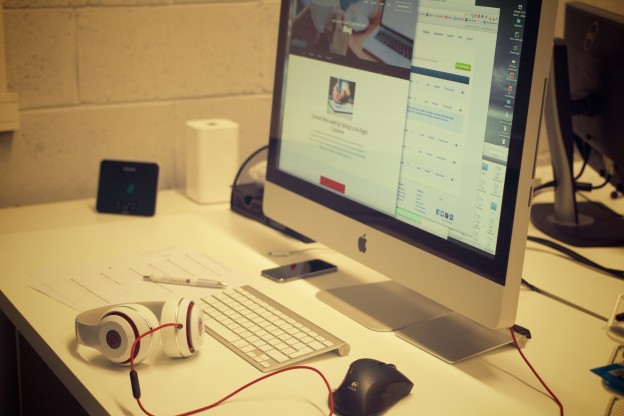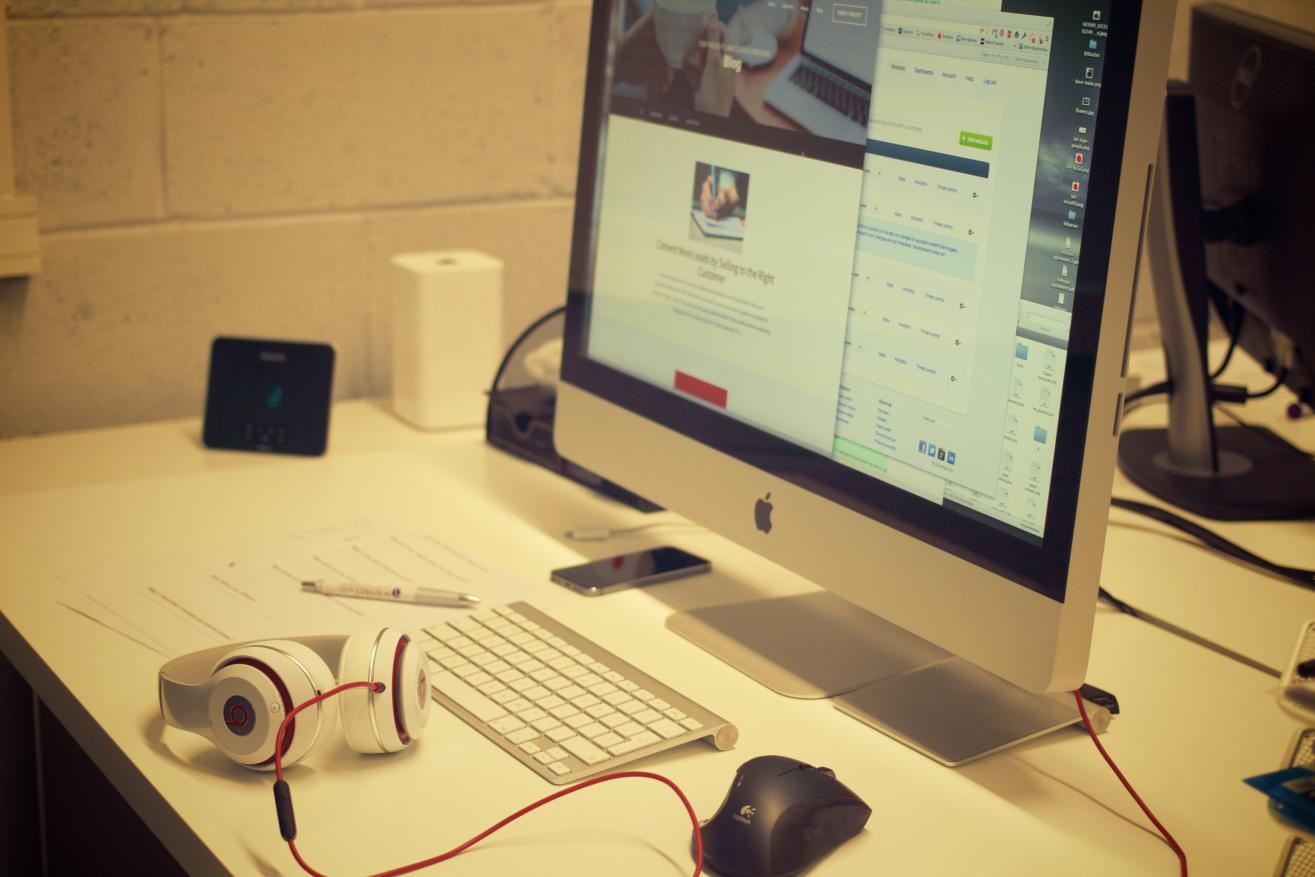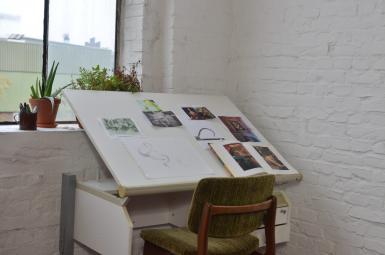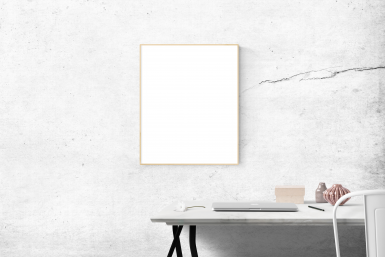
Setting up an online photography portfolio
Whether photography is a hobby or your business, setting up an online portfolio might be one of the most important things you do to drive your work forwards. Although you may be a fan of printing your work on canvas prints, which works well if you have a gallery or include them in a photography package, there are plenty of benefits that come from creating an online portfolio. Firstly, it helps you showcase your work online, brings in potential new clients and builds an online platform to expose your work.
Creating an image-based portfolio is a lot different than a blog or business website, and can be quite difficult to set up. With a normal website there’s usually a consistent structure and fluid aesthetics, however, when showcasing photography there are no limits. While it’s important to be as creative as possible, we advise you keep the site simple and minimalistic, so your images speak for themselves and gain the attention you desire.
If you’re a novice when it comes to creating websites, don’t sweat. Here at Parrot Print we’ve put together some top tips you need to think about when setting up your online portfolio.
Top Tips
Photographers generally create an online portfolio to attract clients and to showcase their images. Most photographers add bits of text or comment to each photo they post creating an online blog-style website that provides context. This type of site is not always intended to attract clients, however, by sorting your work by genre types and labelling pages and tagging photos, you'll help highlight where your talents lie.
An important factor you need to take into account when setting up your online portfolio is your target demographic. Whether it’s couples looking for a wedding photographer or a magazine looking for editorial work, if your portfolio showcases the wrong types of images you won’t attract the type of clients you'd like to work with.
Make sure you use high resolution images. We're sure you're aware there is no point using low resolution images that aren’t designed for web because whoever is looking at your images will get the overall impression that your work is low quality, and you definitely don’t want that. Most websites now use high speed cable and DSL connections, so use them to your full advantage.
If you’ve selected the right demographic and uploaded high-quality images to a search friendly website, you should be able to attract some traffic, so make sure your contact details are highly visible and include a call to action to encourage people to get in touch. Your online portfolio and social media should all tie together, so make sure you include your social media links, as well as your contact details. This way your potential clients can see what you’ve been up to recently and you never know, you might just get some new followers.
Website Hosting
When it comes to actually setting up your online portfolio, once you’ve found a theme you love, you need to find a host. If you want to test the water before paying for a website host then you can use online blog-inspired websites such as; Blogger and WordPress. They’re completely free, and will give you a starting platform to build your portfolio. If you want to stray away from a blog, then there’s also Behance and Dribble.
Behance is not only an online portfolio for artists, designers, animators and photographers, it’s also an active social network that allows you to see job postings, comments and gives you the chance to follow other photographers. Dribble is an online platform where you can explore, learn and share your work with other creative types. We advise you set this up alongside a proper website, as Dribble is more of an online community where you can build contacts.
If you’d rather pay for your hosting, then you'll find lots of ooptions that won’t break the bank. Squarespace is a popular choice among individuals and businesses, as this company offers a selection of different themes that focus on displaying your images rather than loads of editorial. For $10 (around £7.50) a month you can also receive access to more than 40 million stock images from Getty, which may come in handy for website design purposes. And for an extra few pounds each month you can opt to have a customised email address powered by Google Apps, making you appear that little bit more professional.
Adobe Portfolio is another fantastic hosting platform where you can easily build a responsive site for around £6.87 or £34.37 if you want access to all Adobe’s creative apps. All you have to do is pick a layout, customise it until you’re happy then create a domain name and you’re all set to go.
Of course, if it's a simple case of uploading your images to share, Flickr is still one of the favourites for new photographers and established professionals alike.

We’d love to hear your online portfolio recommendations, what did you use and why?









